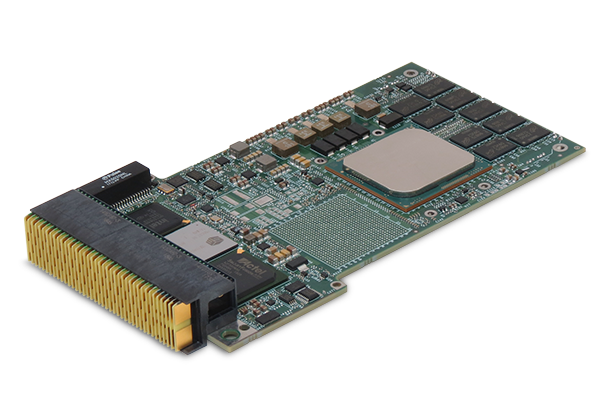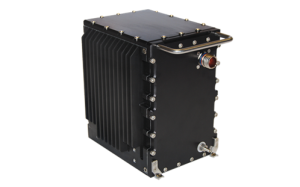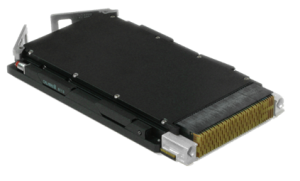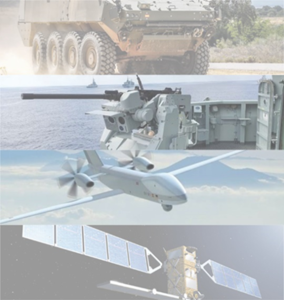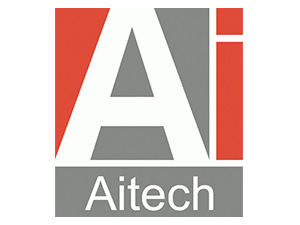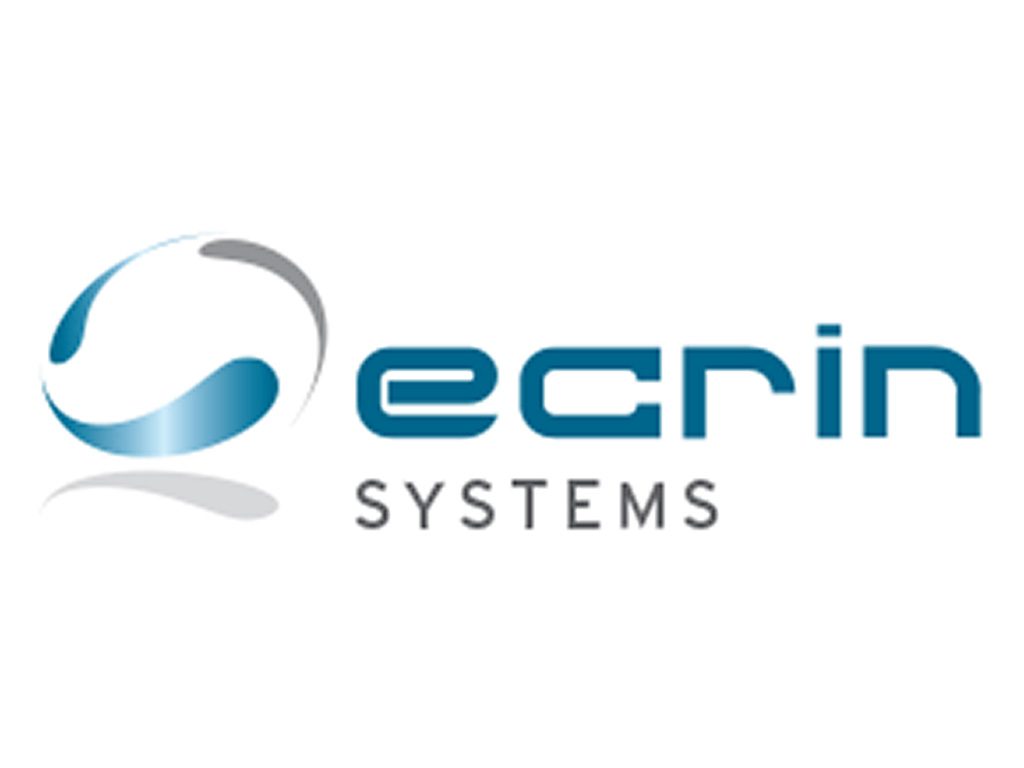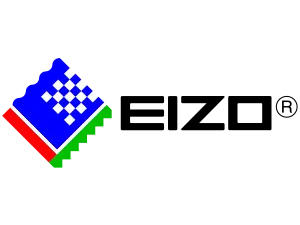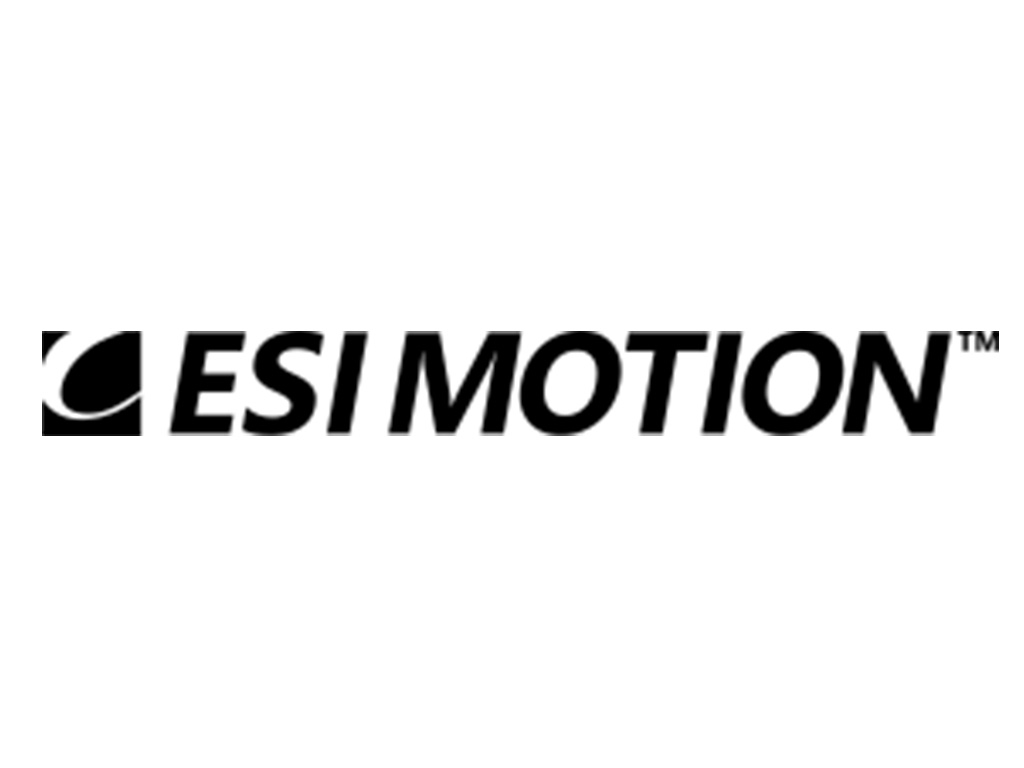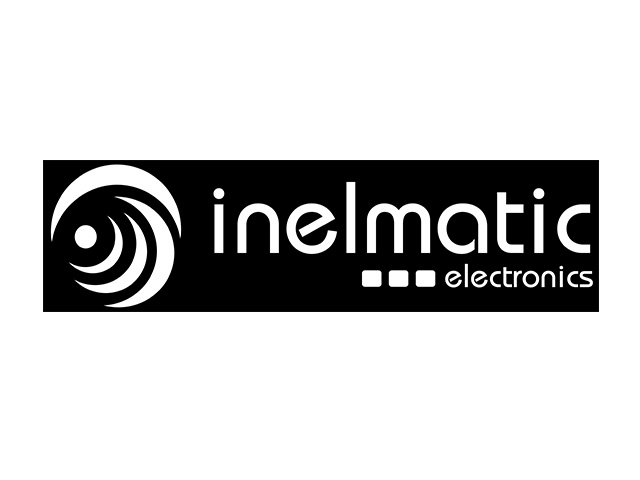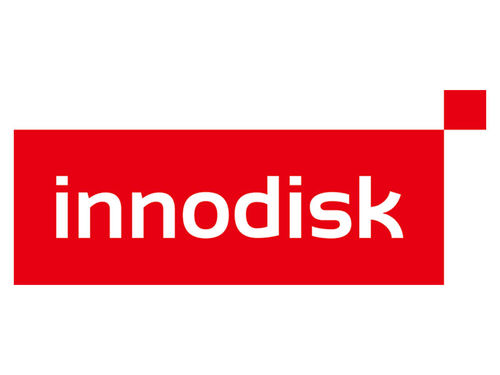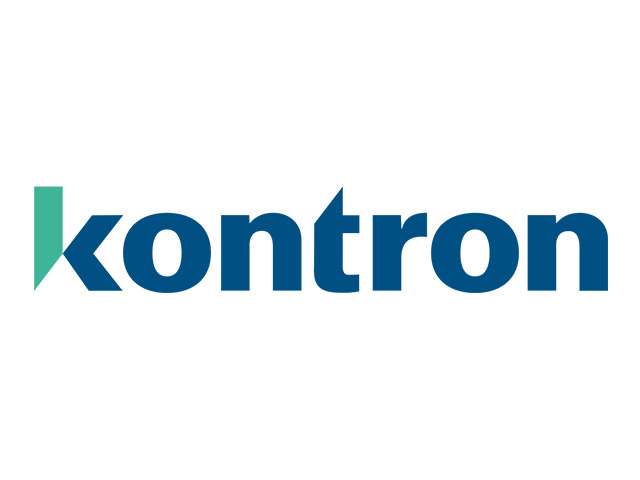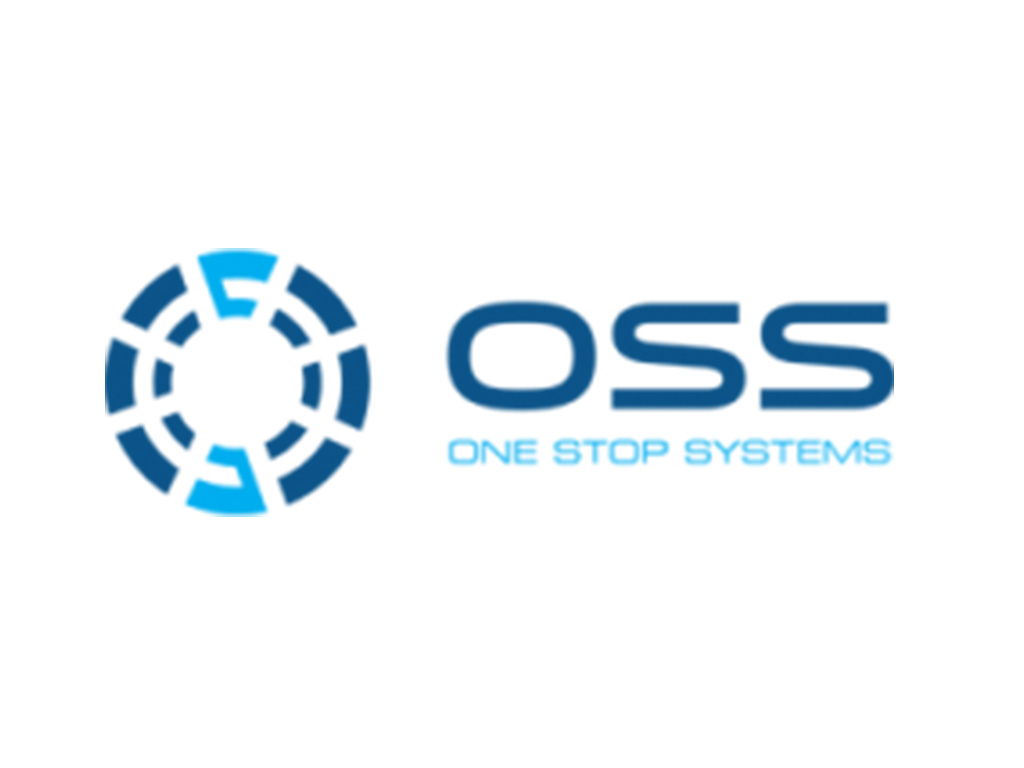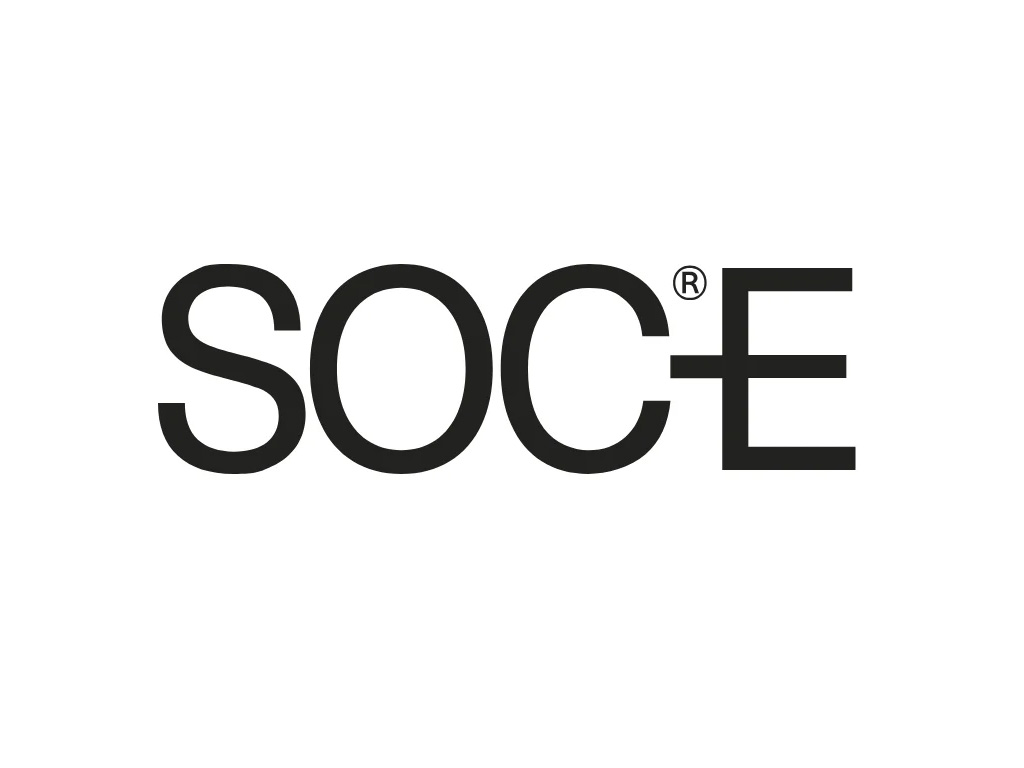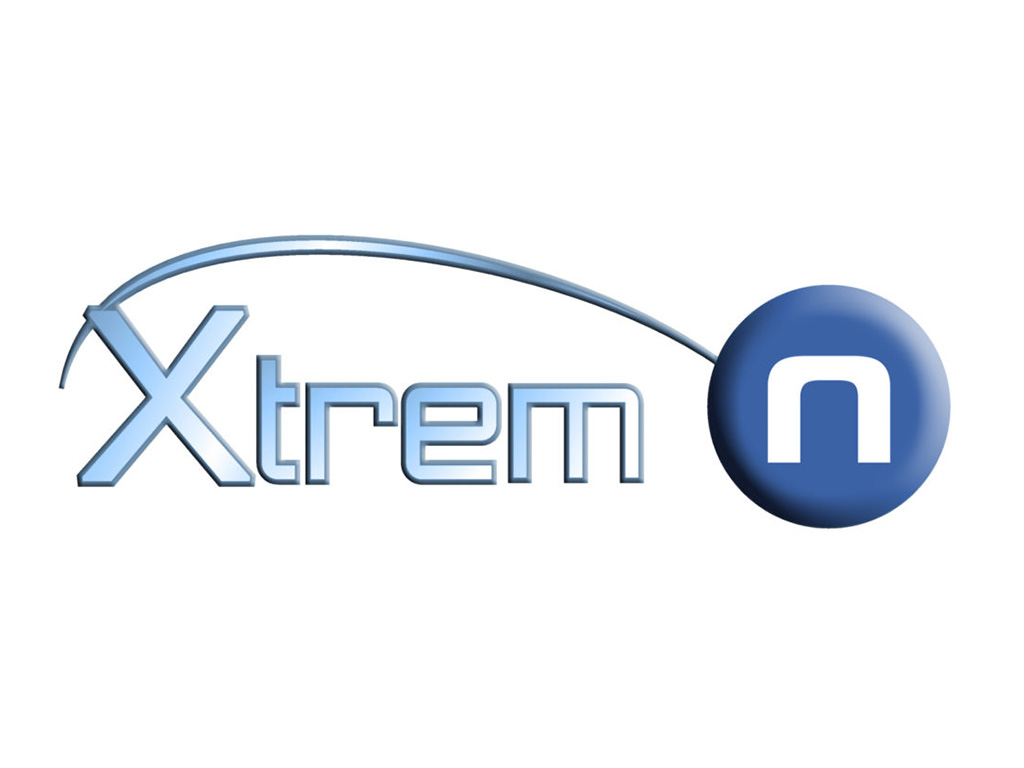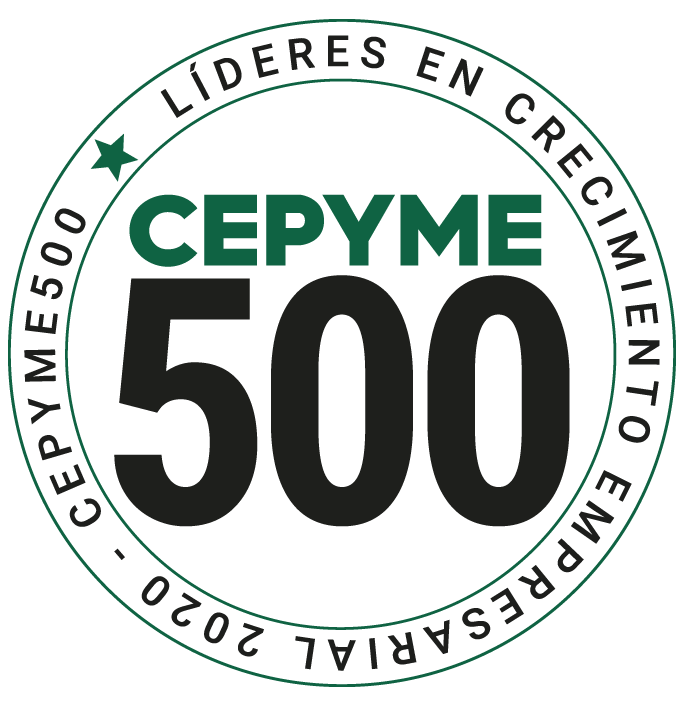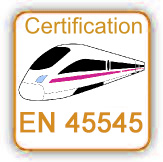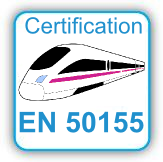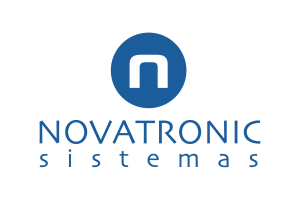
VPX technology, also known as VITA 46, is a set of standards for connecting components of a system. It is commonly used by defense contractors and integrators, providing a robust and reliable solution for applications in hostile environments that require high speed I/O. Using cards in 3U and 6U format integrated into ruggedized chassis that accept PMC and XMC mezzanines, high speed and performance solutions are achieved for applications that require high bandwidth with intensive use of data, in intelligence, surveillance and reconnaissance programs.
VPX Chassis and Backplane
The VPX chassis is the structure that houses all the system components. It is designed to withstand the rigorous demands of the military and aeronautical sector, guaranteeing the protection of internal components in the most adverse conditions.
The VPX backplane is the heart of the system, providing the electrical connections between the different components. With its modular design, it allows great flexibility and scalability, facilitating the integration of new technologies and standards.
VPX: 3U and 6U formats
We offer a wide range of VPX cards with CPU, GPU, PMC, XMC, in 3U and 6U formats. These include Intel, ARM and PowerPC processors, with exceptional performance and the highest possible energy efficiency.
Specially designed for the military and aeronautical sector, they can be selected in COTS (Commercial Off-The-Shelf), modified COTS or custom developments, depending on the specific needs of the project.
In addition, they have different heat dissipation systems, guaranteeing optimal performance even in the most demanding conditions.
VITA Standards and MOSA and SOSA architectures
Our VPX technology meets VITA standards, ensuring interoperability and compatibility with other systems. In addition, our solutions are designed following MOSA (Modular Open Systems Approach) architectures, which facilitates the integration and updating of systems and we also have solutions with SOSA (Sensor Open Systems Architecture) approach, the open standard for sensors and defense subsystems.
RELATED POST: Modular Open Systems Approach (MOSA): Un Paradigma de Flexibilidad y Eficiencia
VPX REDI

The Ruggedized Enhanced Design Implementation (REDI) laid out in VITA 48 describes how to implement layout techniques to better support cooling methodologies on specific board form factors.
Currently, it covers enhanced forced-air cooling (using baffles and plenums), advanced conduction cooling (using larger and more efficient thermal interfaces), and liquid cooling. It also addresses the use of ESD covers on both sides of the board, a necessary feature for military two-level maintenance strategies.
OpenVPX

The US Department of Defense and other users are mandating improved implementation of open standards and interoperability. VPX specifications have been focused at the board level, but there is also a need for considering system-level requirements to improve interoperability and reduce customization, testing, cost, and risk.
The OpenVPX Systems Specification defines an architecture framework that manages and constrains module and backplane designs, including defining pin outs, and sets interoperability points within VPX while maintaining full compliance with VPX.
At Novatronic Sistemas, we are committed to innovation and excellence. Our VPX technology is a reflection of this commitment, providing robust and reliable solutions for the most demanding applications.

